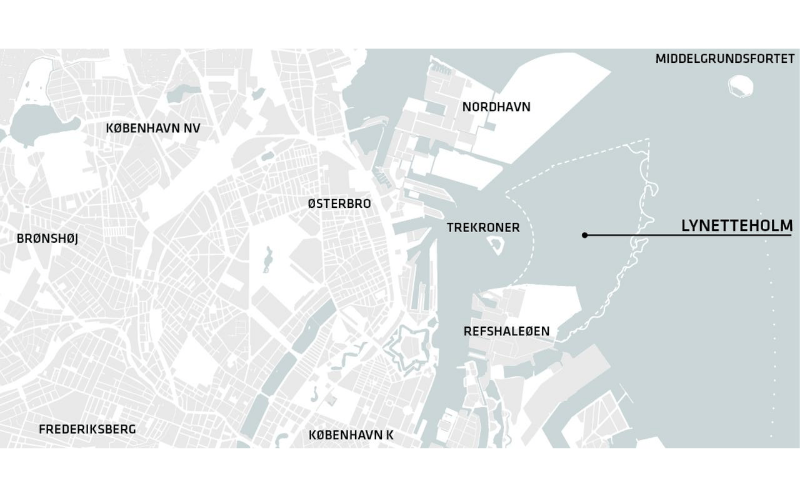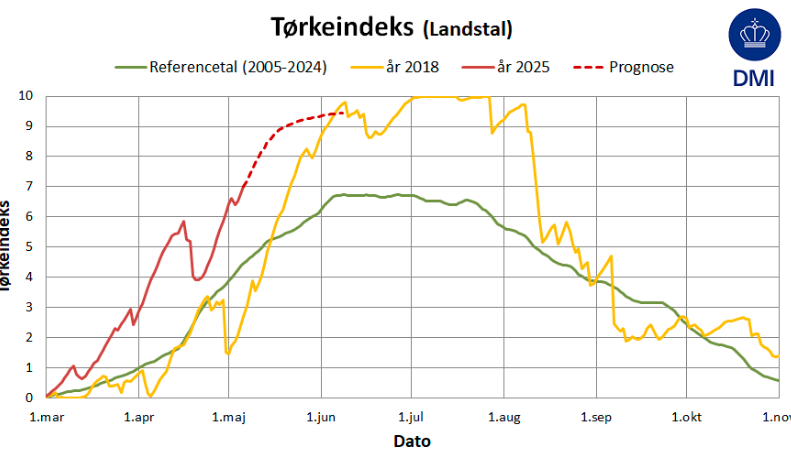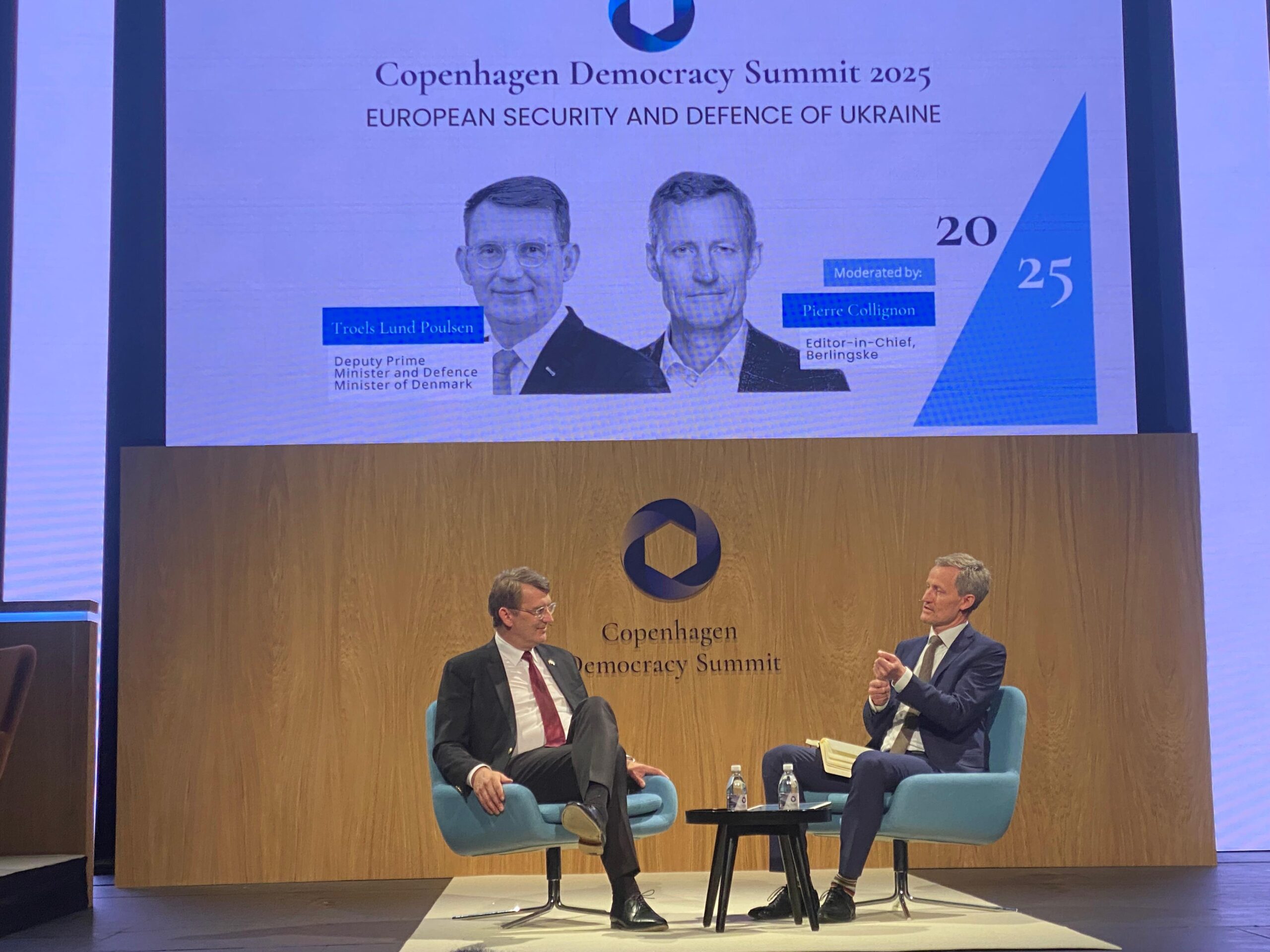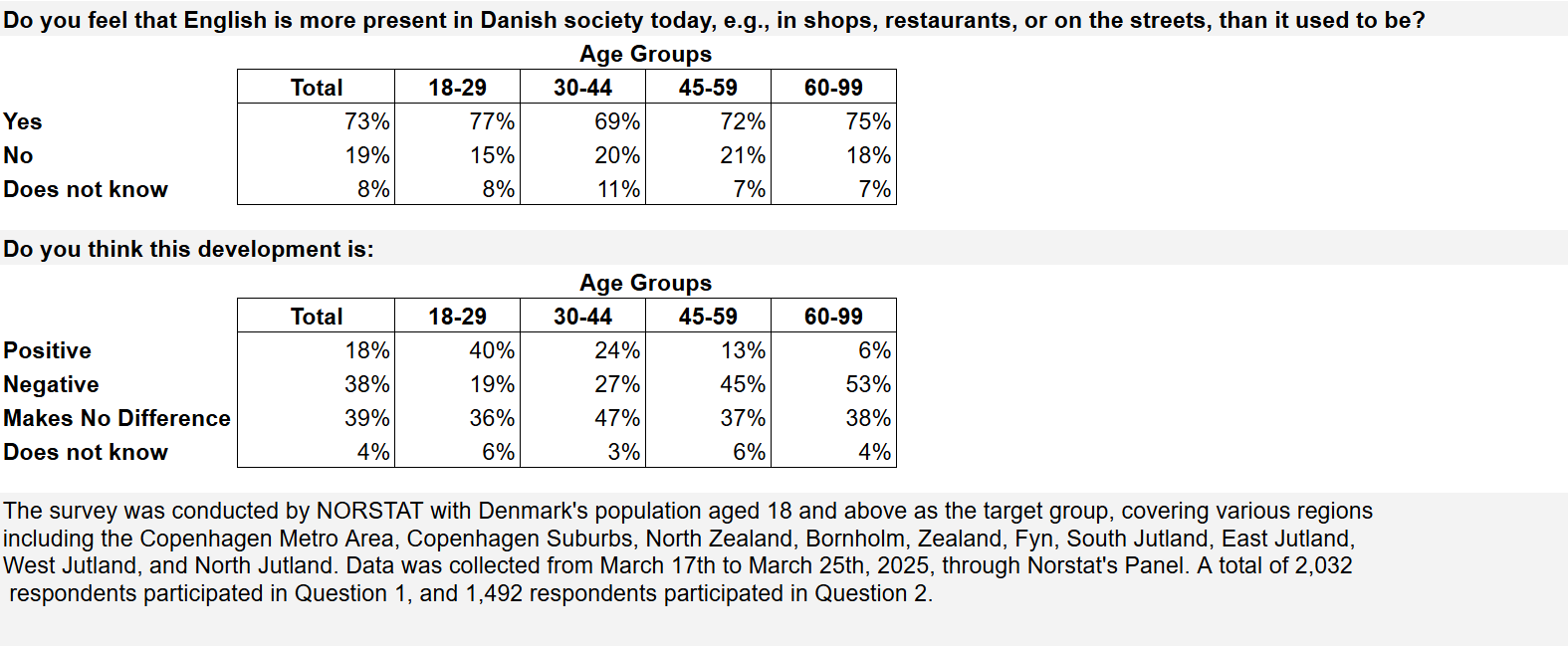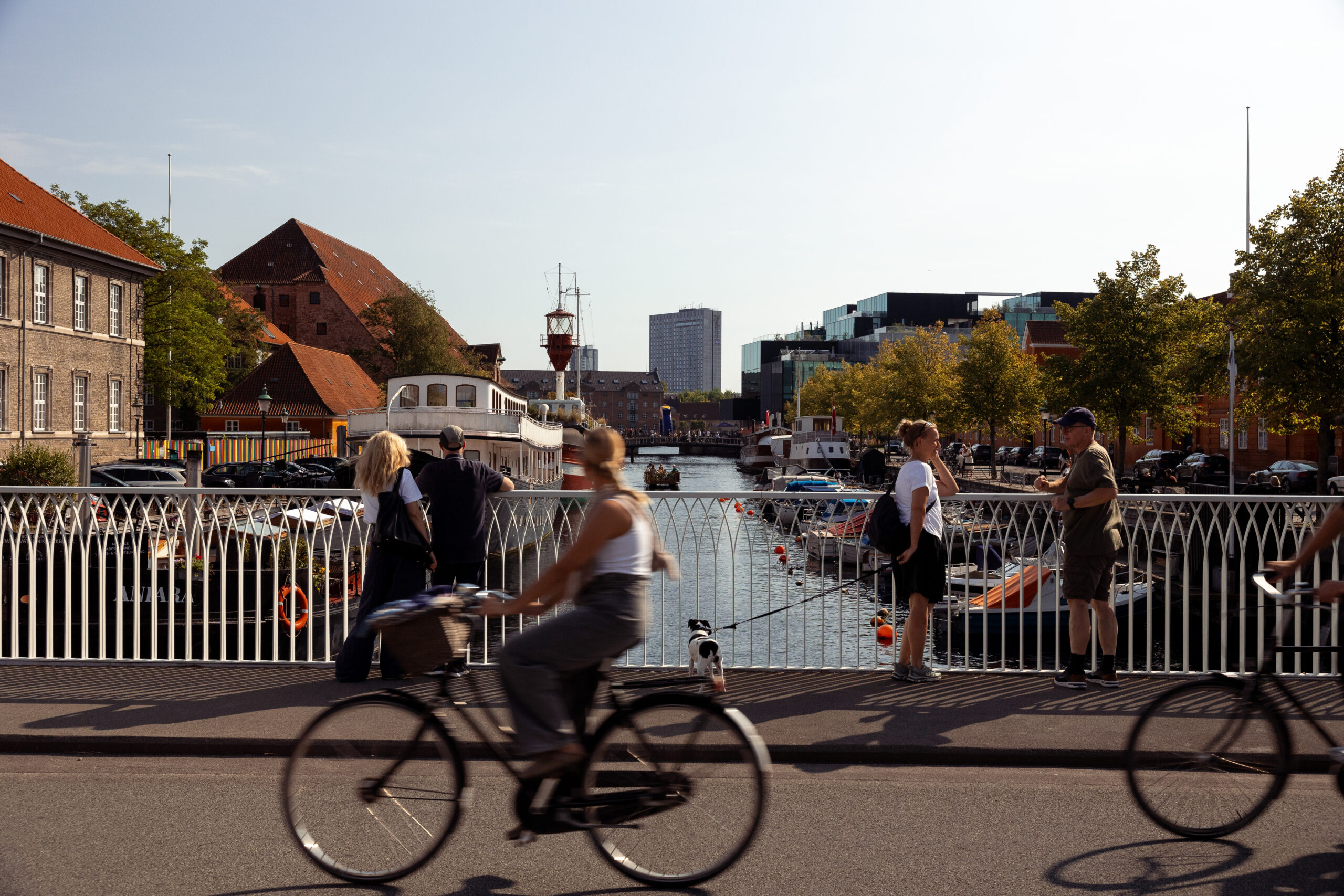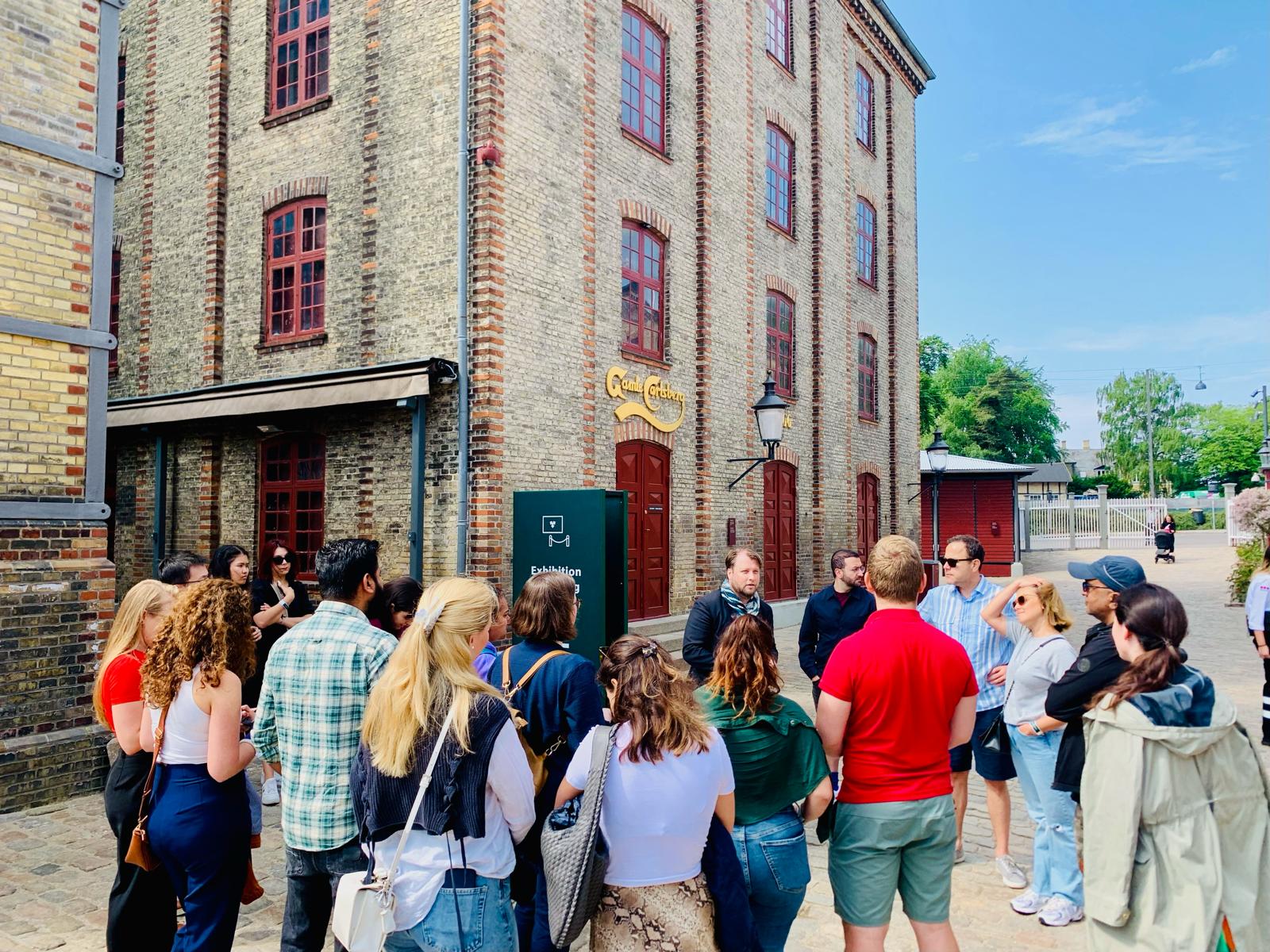Over a dozen mayors from municipalities around the capital have joined forces to protest against the government’s ambitious Lynetteholmen Island plan – a proposed new city district in Copenhagen Harbour, which is scheduled to be completed by 2070.
The 14 mayors expressed concerns that the residents in their municipalities will have to foot part of the bill for the development of the artificial island.
“It’s simply not fair,” Michael Ziegler, the mayor of Høje-Taastrup Municipality, told TV2 News.
“I also undertake urban development in Høje-Taastrup, but I do not send the bill to the city of Copenhagen.”
The mayors agree it is good that Copenhagen develops, especially when the capital is experiencing a housing crisis.
But they contend it is the owner of the project, in this case By & Havn, which should pay for it.
READ ALSO: Copenhagen to get new district on massive artificial island
Housing and flood barrier
Lynetteholmen will be built on an artificial island in the City Harbour in the area north of Refshaleøen and south of Nordhavn.
It is expected that the majority of Parliament will pass a bill that will let By & Havn kick-off its mega-project deal in September.
The government expects the project to be completed by 2070 as a 2.8 sq km district inhabited by 35,000 people.
Aside from providing the capital with much-needed housing, Lynetteholm will also protect the coastal area of Copenhagen from possible storm flooding.

